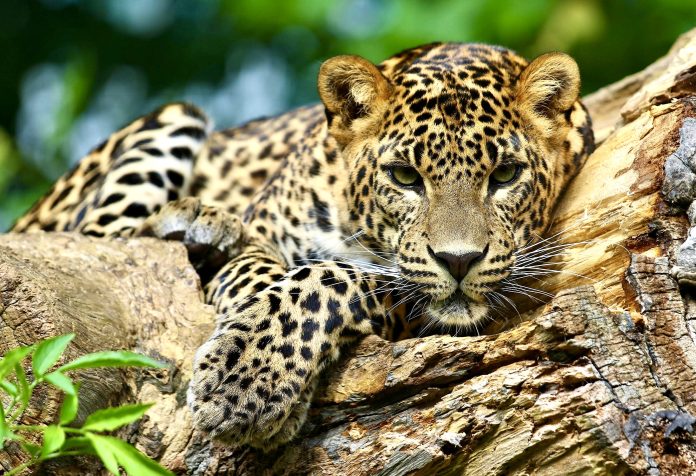
Heartbreaking News As Nearly 70% Of Wildlife Populations Around The World Have Been Wiped Out Since 1970
You can help all animals and our planet by choosing compassion on your plate and in your glass. #GoVeg
RELATED ARTICLES
Pressure Mounts For Arizona To Ban Dog Pack Hunting Of Mountain Lions, Bears & Other Critical Species
Conservation groups have submitted a petition to the Arizona Game and Fish Commission urging a ban on the use of dog packs for hunting...
Help Save Millions Of Lives This Holiday By Choosing Compassion On Your Plate; Adopt A Turkey Today!
As Thanksgiving approaches, we hope you enjoy a warm and safe holiday. We encourage you to make a compassionate choice by leaving animals off...
Giraffes Are One Step Closer To Receiving Vital Endangered Species Act Protections
In response to a petition and subsequent lawsuit by conservation and animal protection organizations, the U.S. Fish and Wildlife Service (USFWS) has proposed listing...
Popular stories
Breaking News
The North Atlantic Right Whale Population Is Perilously Close To Extinction With Only 372 Remaining
The North Atlantic right whale population remains critically endangered, as highlighted in a new estimate from the North Atlantic Right Whale Consortium, which was...
News
WAN Exclusive With Wildlife Care Of Southern California After Another Bobcat Dies Of Rodenticide Poisoning, More Reasons Why You Should Never Use Rat Poison
Photos from: Wildlife Care of Southern California
Many threats are currently facing wildlife throughout the U.S. including the devastating wildfires currently burning in California, Oregon,...
World Animal News TOP Stories Making Headlines
1. Biden Announces U.S. Will Rejoin The Paris Climate Agreement & Also Enact Protections For Gray Wolves
As President Joe Biden took office yesterday, his administration announced...


